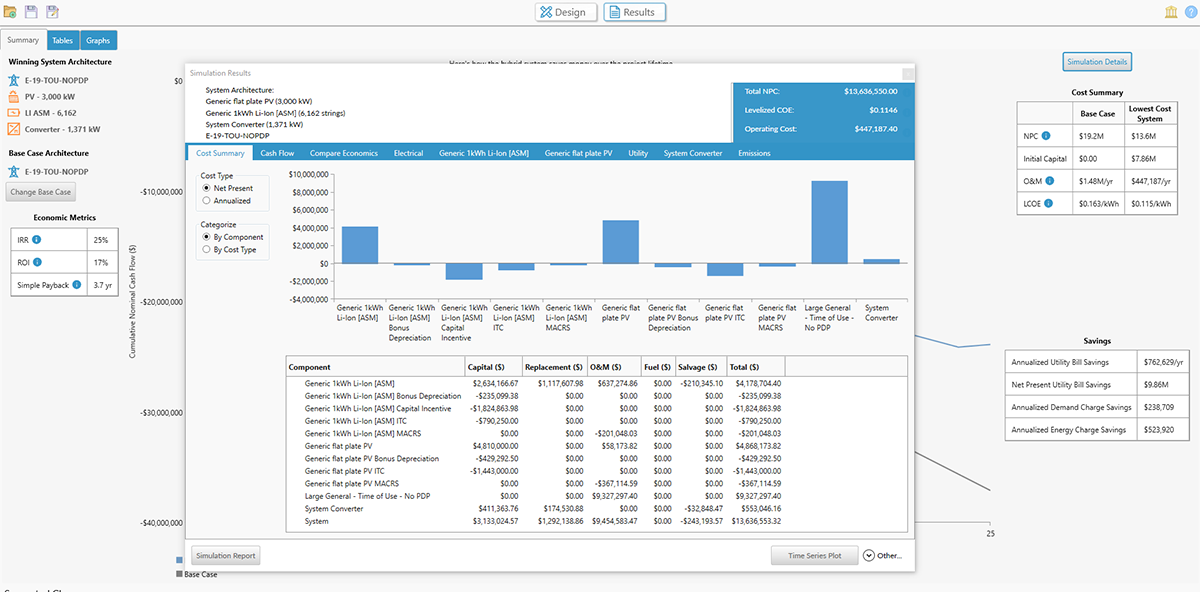

The GEDI Lidar employs 3 laser transmitters, beam-splitting optics, and an optical dithering device to produce 14 ground tracks spaced 500 m across-track (total swath width of 6.5 km).
#Homer energy how to include efficiency curve archive#
Lastly, GEDI revolutionizes the previous forty years of the NASA land remote sensing archive by providing the missing vertical structure information, greatly extending land cover observations from NASA's Landsat and MODIS programs. GEDI further complements existing and planned pol-InSAR missions, such as DLR's TanDEM-X, JAXA's ALOS-2 and ESA's BIOMASS through its contribution of precisely geolocated canopy profile measurements for fusion with radar observations. GEDI's high biomass observations may be combined with the NASA-ISRO low biomass measurements and ICESat-2's boreal observations to produce global maps of biomass and provide important constraints and validation for regional scale estimates from OCO-2. GEDI's structure measurements also substantially enhance existing and planned NASA missions. GEDI science goals respond directly to Decadal Survey observational priorities, which emphasize the need for lidar vertical structure measurements to address key challenges in carbon cycling and biodiversity. GEDI strongly supports the Science Focus Areas articulated in the Science Plan for NASA's Science Mission Directorate, particularly for Carbon Cycle and Ecosystems.


Focused on tropical and temperate forests from its vantage point on the ISS, GEDI uses lidar to provide the first global, high-resolution observations of forest vertical structure. The overall objective of GEDI is to characterize the effects of changing climate and land use on ecosystem structure and dynamics to enable radically improved quantification and understanding of the Earth's carbon cycle and biodiversity. The instrument will be built at NASA's Goddard Space Flight Center in Greenbelt, Maryland. The system is one of two instrument proposals selected in 2014 for NASA's EVI (Earth Venture Instrument) program and is being led by the University of Maryland (UMD), College Park (PI: Ralph Dubayah). GEDI is NASA's selection of a laser-based instrument that will provide a unique 3D view of Earth's forests, helping to fill in missing information about their role in the carbon cycle. ISS Utilization: GEDI (Global Ecosystems Dynamics Investigation Lidar)


 0 kommentar(er)
0 kommentar(er)
